| AUSTRALIA |
| AUSTRALIA | Picture Description | |
|---|---|---|
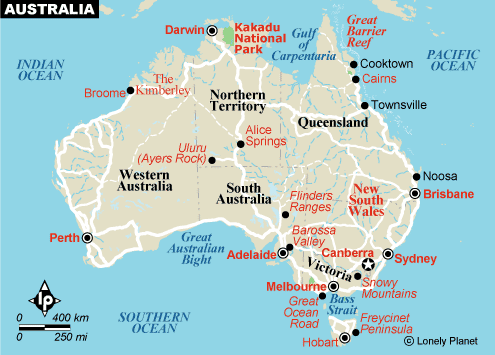 |
Map of australia
Population : 20,090,437 (2005) Median age: 36.56 years Fertility rate: 1.76 children/woman(04) Currency: Australian Dollar (AUD) GDP per capita: PPP $32,000 (2005) Population below poverty line: NA Labor force - by occupation: Agriculture 4%, Industry 26.4%, Services 69.6% Source : CIA Factbook |
|
| The National Flag of Australia
Aboriginal settlers arrived on the continent from Southeast Asia about 40,000 years before the first Europeans began exploration in the 17th century. No formal territorial claims were made until 1770, when Captain James Cook took possession in the name of Great Britain. Six colonies were created in the late 18th and 19th centuries; they federated and became the Commonwealth of Australia in 1901. The new country took advantage of its natural resources to rapidly develop its agricultural and manufacturing industries and to make a major contribution to the British effort in World Wars I and II. In recent decades, Australia has transformed itself into an internationally competitive, advanced market economy. It boasted one of the OECD's fastest growing economies during the 1990's, a performance due in large part to economic reforms adopted in the 1980's. |
||
 |
Sydney Hospital
Location: Australia  This is the
Sydney Hospital founded in the 1800's.
Historical tours are available.
This is the
Sydney Hospital founded in the 1800's.
Historical tours are available.
| |
 |
Mint
Location: Australia This is the Sydney Mint. | |
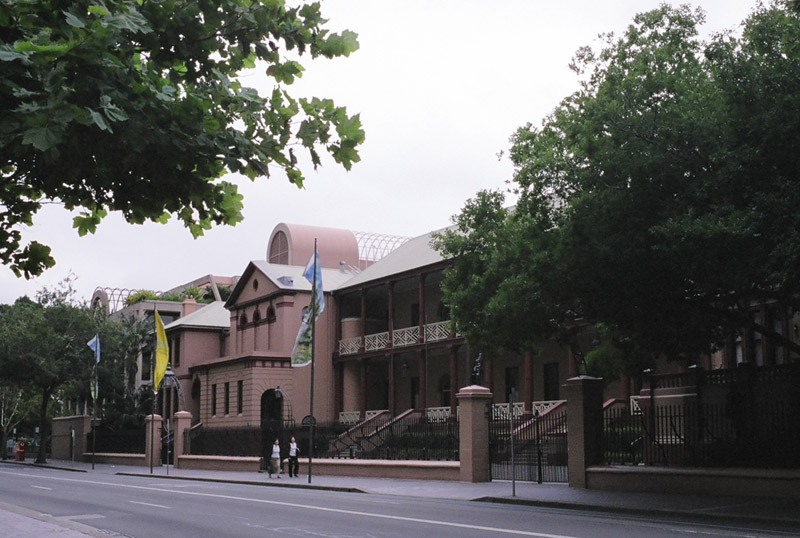 |
Parliament House
Location: Australia Located on Macquarie Street. The NSW Parliament House opened in 1829, it being the largest building available in Sydney at the time. The parliamentary chamber for Legislative Members was soon added (attached at the northern end - left side of photo), while the Legislative Council Chamber (attached at the southern end - right end of photo) was assembled in 1856. This second chamber is actually a prefabricated cast-iron building, initially shipped to Victoria from Glasgow, Scotland. Destined to be a church, it was diverted to Sydney during shipment where it was erected as one of the two parliamentary chambers. It is still the seat of government in NSW today. | |
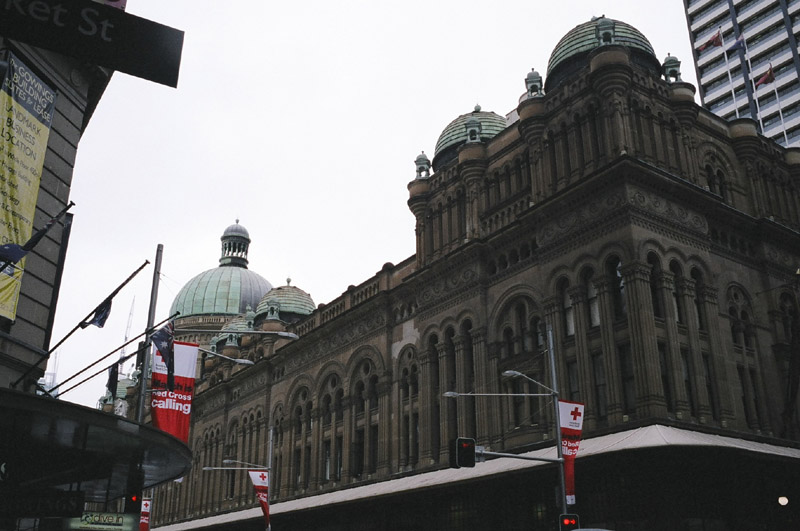
|
Queen Victoria Building
Location: Australia The building was originally designed as a fresh produce market, called the Queen Victoria Markets. The city architect, George McRae designed in American Romanesque style in 1893. The construction uses brick vaulting between steel beams with a heavy basalt base. A dominant feature is the 65 foot diameter central dome surrounded by twenty smaller copper sheeted cupolas. The lower, mezzanine level provides one of the city's busiest pedestrian concourses. | |
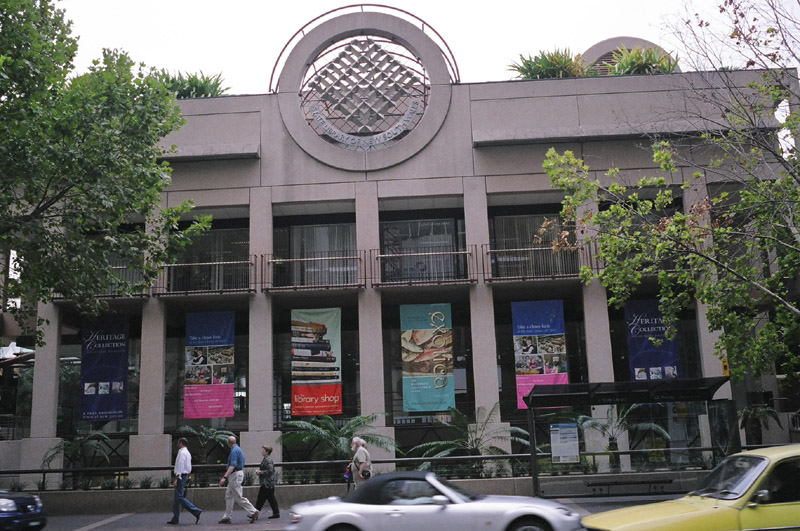 |
Library of NSW
Location: Australia This is the State Library of New South Wales, located right next to the Parliament house. | |
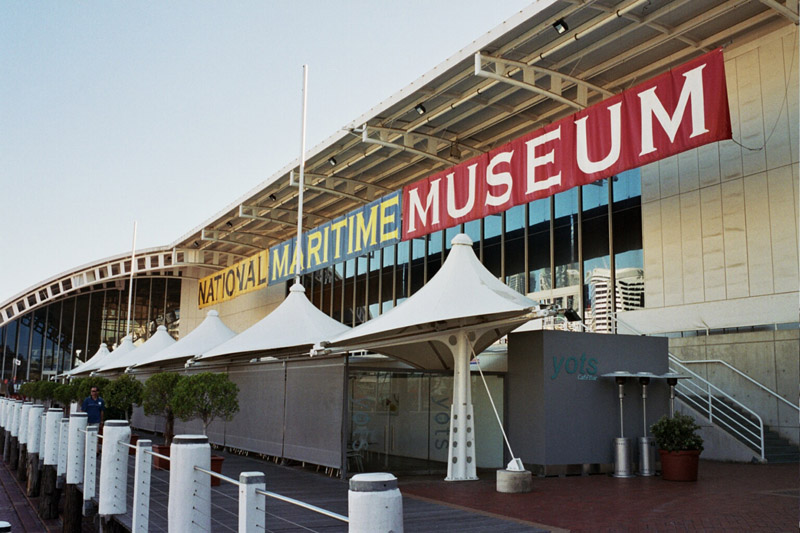 |
National Maritime Museum
Location: Australia The national Maritime Museum located in Darling Harbour. | |
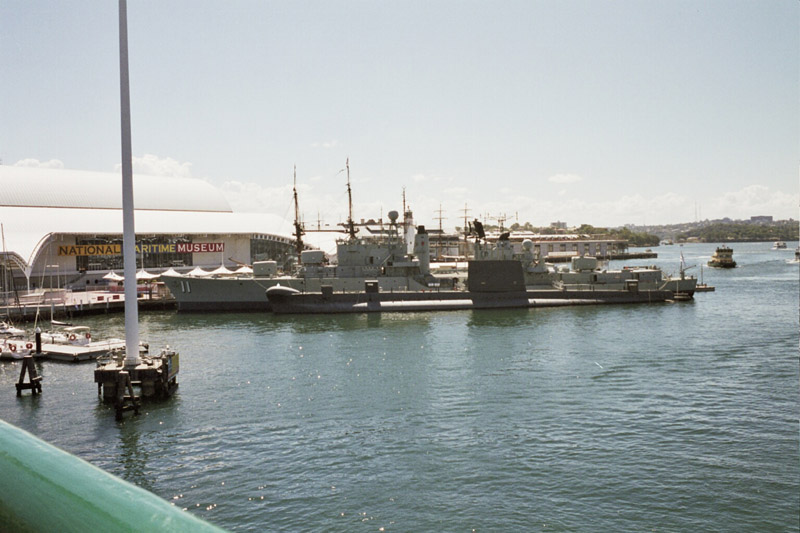 |
National Maritime Museum
Location: Australia Docked at the Museum is the HMAS Vampire. | |
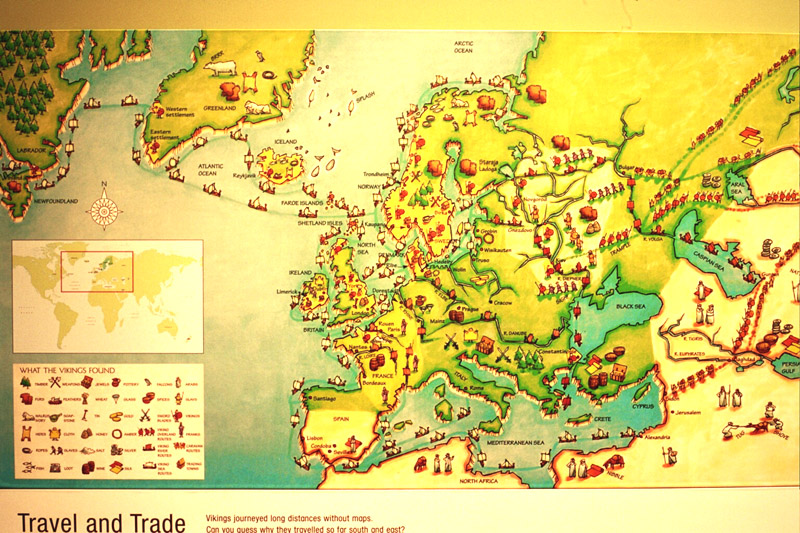 |
National Maritime Museum
Location: Australia This map in the museum shows the migration paths of the vikings and the resources they found along the way. | |
 |
National Maritime Museum The Spirit of Australia Location: Australia In 1978, Kenneth Peter Warby achieved a world's water-speed record of 317.60 m/h (275.8 knots, 153 m/s, 552.8 km/h) in New South Wales, Australia, in his hydroplane, the Spirit of Australia. | |
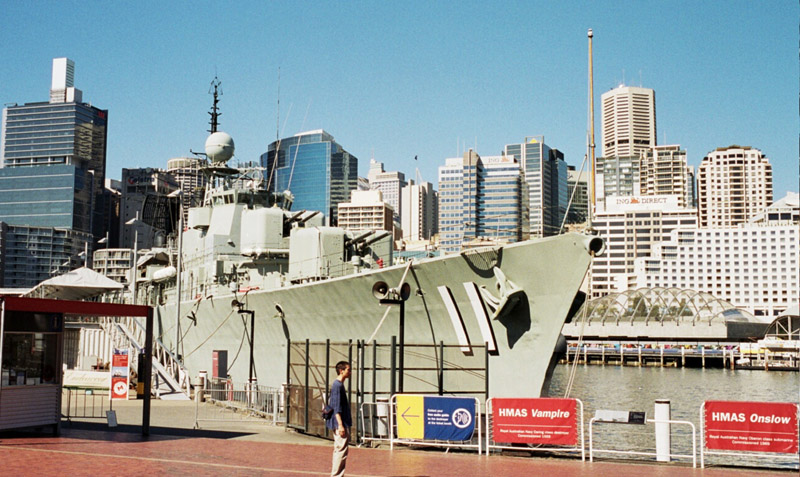 |
National Maritime Museum
Location: Australia The HMAS Vampire was launched: 1956 Commissioned: 1959 Length: 389 feet Beam: 43 feet Draft: 18 feet Displacement: 3,950 tons full load Armament: Six 4.5 inch dual-purpose guns, two single and two twin 40/60 mm Bofors AA guns, Mark 10 Limbo anti-submarine mortar, quintuple 21 inch torpedo launcher HMAS Vampire is the last large destroyer built in Australia. She served until 1986, contributing to Australia's defense during the Cold War years. Her primary mission was to provide aircraft carrier escort and gunfire support to the fleet. Vampire took part in many exercises and joint operations with other navies. She made troop escort runs to Vietnam in 1965-67 and 1969, but was not directly involved in any action. In 1980 she was refitted for her final role as a crew training ship. | |
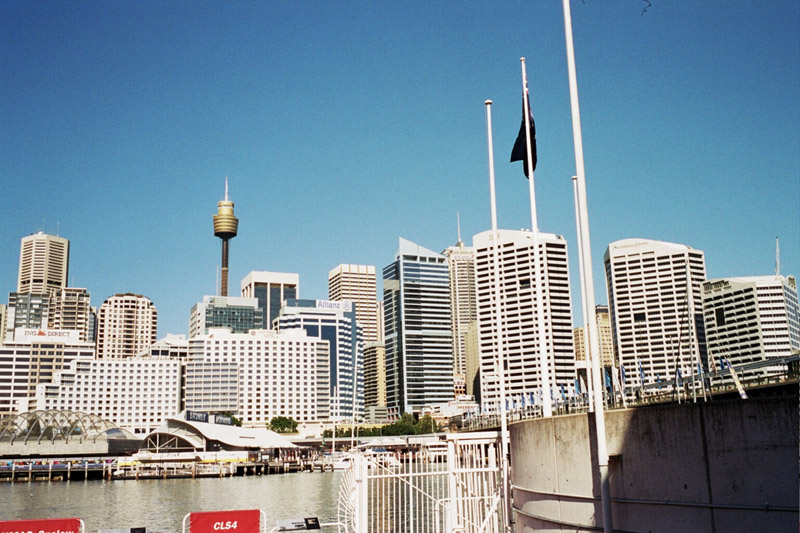 |
Skyline at the National Maritime Museum
Location: Australia A view of the Sydney skyline from the National Maritime Museum | |
 |
National Maritime Museum HMS Endeavour Location: Australia The HMS Endeavour, Captain Cook's ship that made a trip around the world. James Cook was one of the greatest explorers in history. In 1755, at 27, he took command of his first English Royal Navy ship. He was given command of a 1768 expedition to take English astronomers to view a transit of Venus from the South Pacific. He explored the region for the British crown. Cook visited New Zealand, where a group of 15 islands still bear his name. He was the first to chart its entire coastline. In 1770, he visited New Guinea and claimed the east coast of Australia for England under the name New South Wales. On this first voyage, Cook had explored more of this territory than any other before him. In 1772, Cook set out again. in search of the "Southern Continent," He became the first man to map the coastline of Antarctica. He had sailed 70,000 miles (12,000 km) on this voyage, during which he had become the first person to sail around the Earth from east to west. On his third voyage in 1776, Cook discovered the Hawaiian Islands, which he named the Sandwich Islands after John Montagu (1718-1792). Cook explored the North American coast from Oregon to Alaska and sailed through the Bearing Strait into the Arctic Ocean. It was in 1779, during this third voyage, that he was stabbed to death in Hawaii. Cook's explorations paved the way for the settlement of Australia and New Zealand, | |
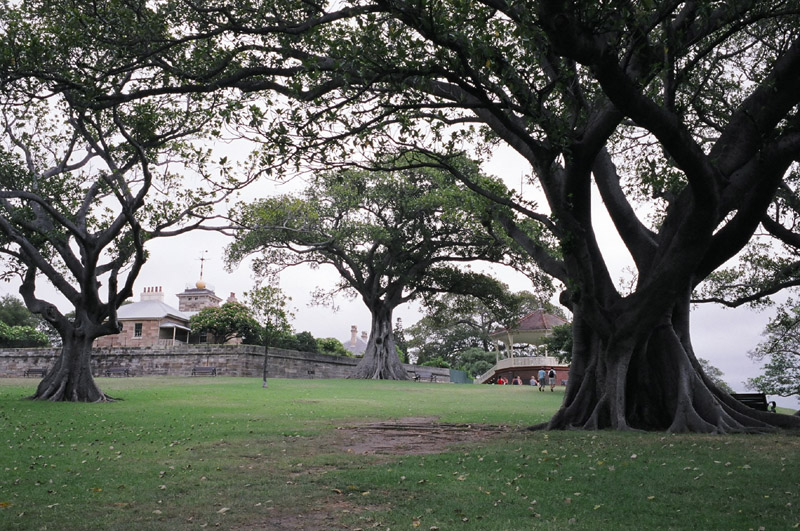 |
Observatory
Location: Australia Observatory Hill is the city's highest point at 145 feet. It was originally known was Windmill Hill since the colony's first windmill occupied this point. It ground gain for flour, but soon after it was built, the canvas sails were stolen, and the machinery was damaged in a storm. Several other windmills were built in the hill. This is still known as Millers point. Eventually it became an astronomical observatory. Until 1982 the metal ball on the tower of the observatory was cranked up the mast every afternoon and dropped at precisely one o'clock so ship captains could set their chronometers. | |
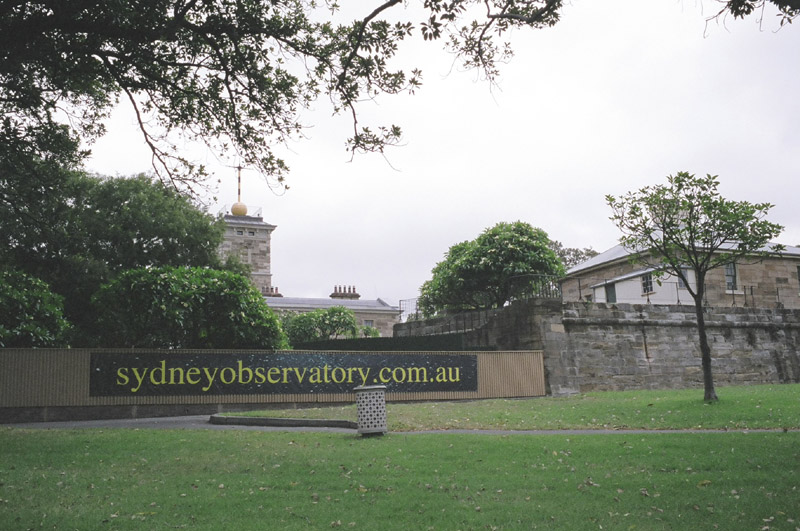 |
Observatory
Location: Australia Originally a signaling station for communicating with ships, this building is now an astonomy museum. It has displays , constellation charts, telescopes, and astronomical instruments, and working exhibits to illustrate the principles of astronomy. | |
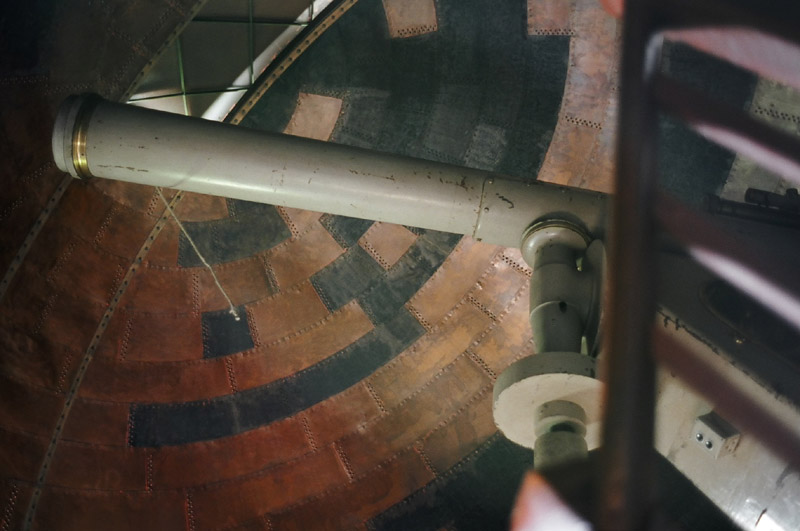 |
Observatory
Location: Australia This is the oldest telescope in Australia. This room was fairly dark, lit only by a single little window. This shot was taken at F2 with a 2 second exposure on my Contax G1 on a camera tripod. | |
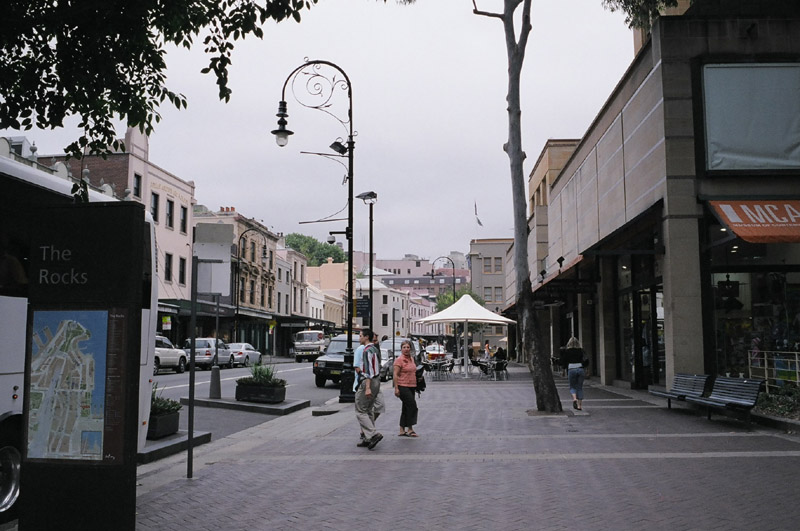 |
The Rocks
Location: Australia The Rocks is the birthplace not just of Sydney but of modern Australia. Here, the 11 ships of the First fleet, the first of England's 800+ ships carrying convicts to the penal colony, dropped anchor in 1788. This became known as "The Rocks". The first crude wooden huts erected by the convicts were followed by simple houses made from mud bricks cemented together by a mixture of sheep's woll and mud. The rain soon washed this rough mortar away, and no building in the Rocks survive from the earliest settlement. Most of the architecture dates from the Victorian era, by which time Sydney had become a thriving port. Warehouses lining the waterfront were backed by a row of tradesmen's shops, banks, and taverns. By the 1800s it was regarded as a squalid part of town. As late as 1900 the bubonic plague swept through the Rocks. | |
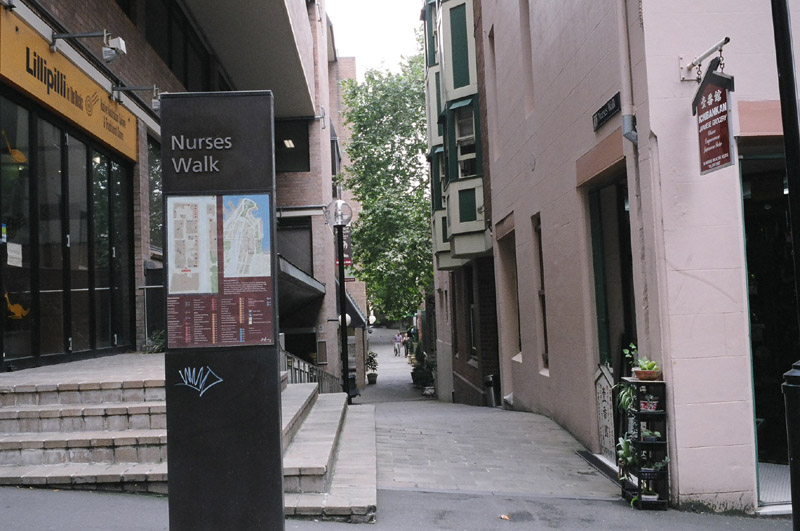 |
The Rocks Nurses Walk Location: Australia Nurses Walk - cuts across the site of the colony's first hospital. It acquired its name at a time when Sydney was a hive of disease and sickness. Many of the 736 convicts who survived the voyage from Portsmouth, England, aboard the First Fleet's 11 ships arrived suffering from dysentery, smallpx, scurvy, and typhoid. A few days after he landed at Sydney Cove, Governor Phillip established a tent hospital to care for the worst cases. Subsequent convict boatloads had even higher rates of death and disease. | |
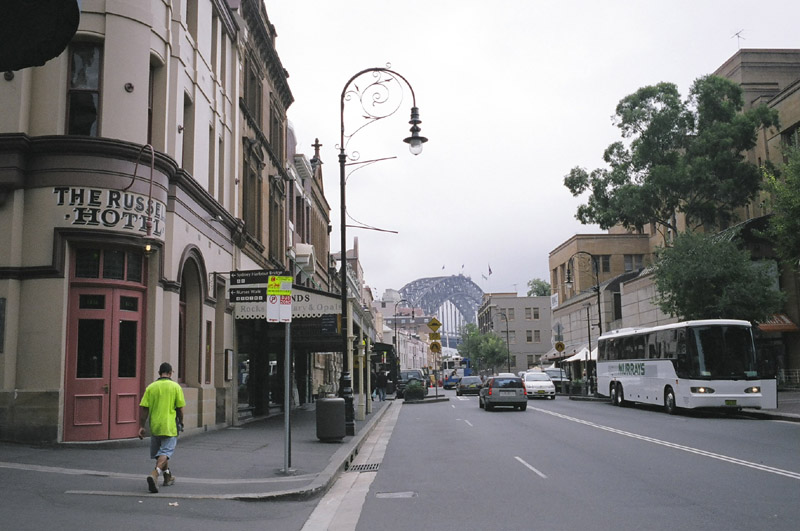 |
The Rocks
Location: Australia Here is a picture of the Russell Hotel where I stayed at, with gorgeous views of the harbor and located right in the Rocks. | |
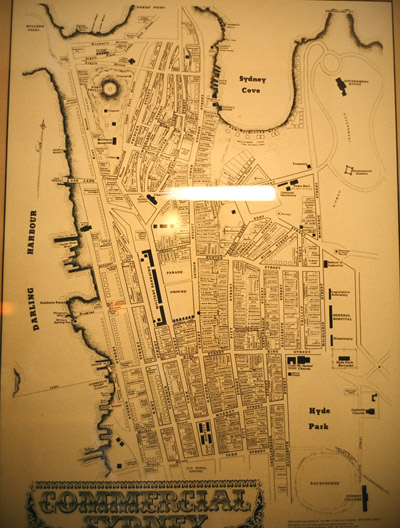 |
The Rocks
Location: Australia An old map of the Rocks. | |
 |
The Rocks William Bligh Location: Australia This is a statue of Captain William Bligh of the HMS Bounty. In 1806, 20 years after the infamous mutiny on the ship he commanded, Bligh became governor of New South Wales. Then he faces a second mutiny. Bligh made himself unpopular wit the soldiers of the NSW Corps, known as the Rum Corps, who were the real power of the colony. When he threatened to end their monopoly on the liquor trade, he was imprisoned during the "Rum Rebellion". He spend the next 2 years as a captive until Lachlan Macquarie arrived. | |
 |
The Rocks Cadman's Cottage Location: Australia Of all of the buildings of first european settlement of Australia, all have disappeared except this one building, Cadman's Cottage. This sandstone structure was built in 1815-16 as the Coxswain's Barracks attached to Governor Macquarie's dockyard and stores on the shores of Sydney Cove. The present name comes from John Cadman, who took up residence there in 1827. The building has largely survived because of constant Government or institutional ownership, first as a barracks, then as Cadman's residence as superintendent of Government Craft (1826-45). From 1845-64, it was the Water Police Headquarters, and, from 1865-1970, the Sydney Sailors' Home Trust. | |
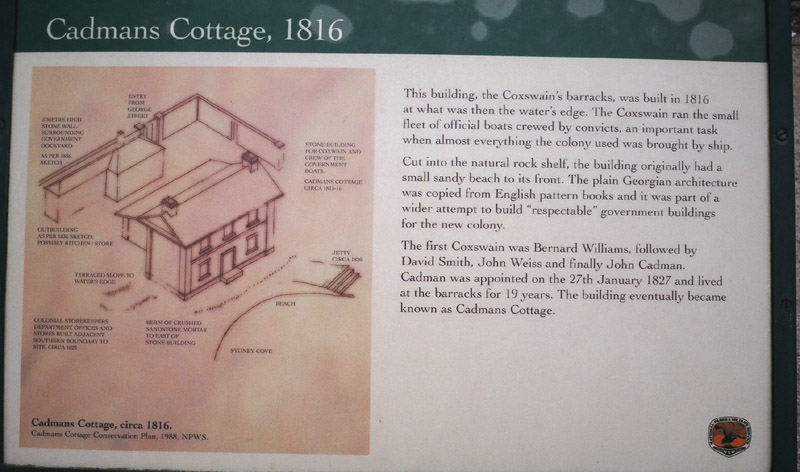 |
The Rocks
Location: Australia The plaque reads : "This building, the Coxswain's barracks, was built in 1816 at what was then the water's edge. The Coxswain ran the small fleet of official boats crewed by convicts, an important task when almost everything the colony used was brought by ship. Cut into the natural rock shelf, the building originally had a small sandy beach to its front. The plain Georgian architecture was copied from English pattern books and it was part of a wider attempt to build "respectable" government buildings for the new colony. The first Coxswain was Bernard Williams, followed by David Smith, John Weiss and finally John Cadman. Cadman was appointed on Jan 27, 1827 and lived at the barracks for 19 years. The building eventually became known as Cadman's Cottage. | |
 |
The Rocks Campbell's Cove Location: Australia Campbell's Cove - Robert Campbell was a scottish merchant who is sometimes referred to as the father of Australian commerce. He broke the stranglehold that the British East India company had over seal and whale products, which were New South Wale's only exports then. The cove's atmospheric sandstone built from 1838 on now houses waterside restaurants. | |
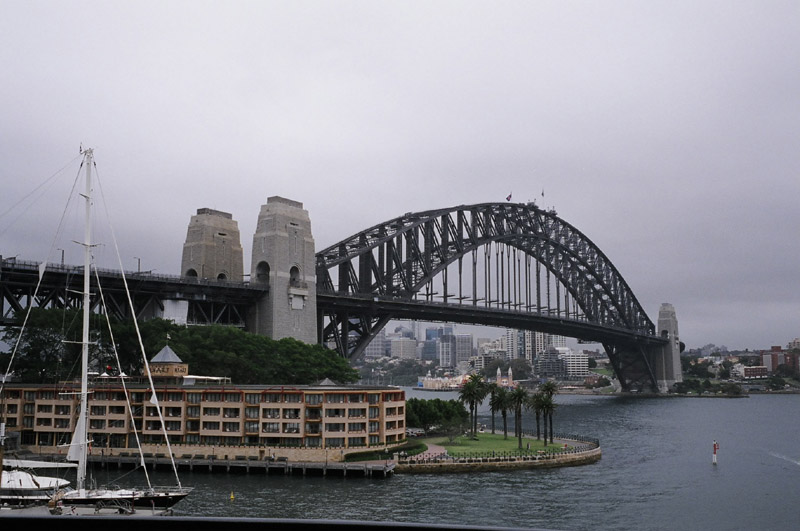 |
Sydney - Harbour Bridge
Location: Australia On January 4, 1900 designs and financial proposals were put forth for a North Shore bridge to span Sydney harbour. This was despite Sir John Sulman's suggestion that a tunnel was a better option. 24 designs were reviewed and rejected. Over the next fifteen years, under the guidance of Australia's greatest civil structural and transport engineers, JJC Bradfield (1867-1943), the bridge project gained momentum. An international design competition was held. The winning design was submitted by Dorman and Long proposed the single arch design that was finally adopted. The contract was let in March 1924. The calculations for the bridge both in tension (cable supported) and compression (as an arch) filled twenty eight books of transcribed calculations. An impressive but high maintenance design, it kept the Dorman and Long factory in Britain busy producing steel, having agreed to an attractive payment plan with the NSW Government. Built between the wars, the project reduced the unemployment created by the Depression and was the greatest labour intensive project to employ 19th century work practices of sledge and cold chisel. | |
 |
Sydney - Harbour Bridge
Location: Australia The harbor bridge span is 1,650 feet to allow unobstructed passage for ships in Sydney Harbour. 7 died in constructing the bridge. By comparison, 139 died during construction of the Brooklyn Bridge. Families living in its path were displaced without compensation. The social impact of the bridge, its construction areas, and its connecting highways involving the demolition of 800 houses, would be inconceivable today. | |
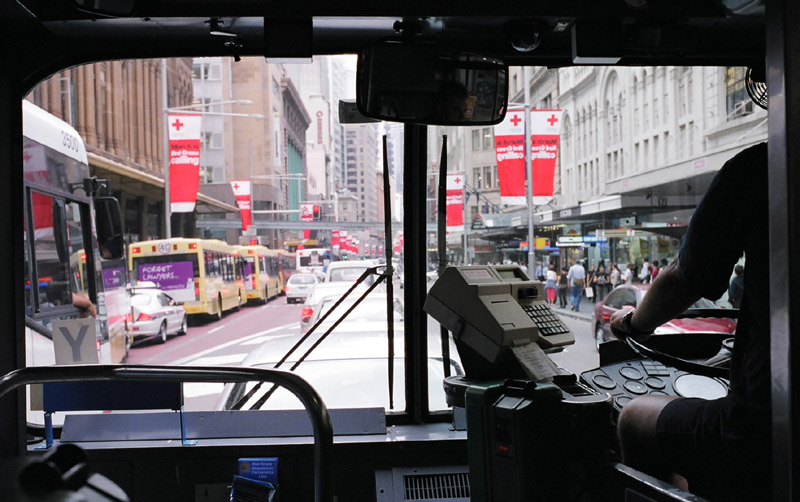 |
Sydney
Location: Australia A view from a bus in Sydney. The public transportation (buses in particular) regularly run the circuit around the city. They are confusing to use, but there are so many of them and the drivers are helpful that you can easily get anywhere in the city. The yellow buses you see on the left are intercity buses. | |
 |
Sydney
Location: Australia There are many street performers in Sydney with the Harbour bridge in the background. I saw no beggars though. The people are friendly and curteous. | |
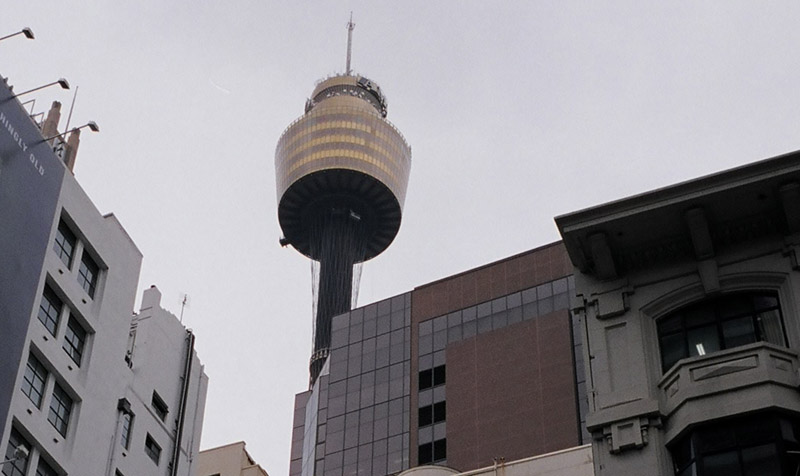 |
Sydney Tower
Location: Australia The Sydney Tower offers spectacular views of Sydney. It is a quick ride to the top and you can spend as much time as you want there. | |
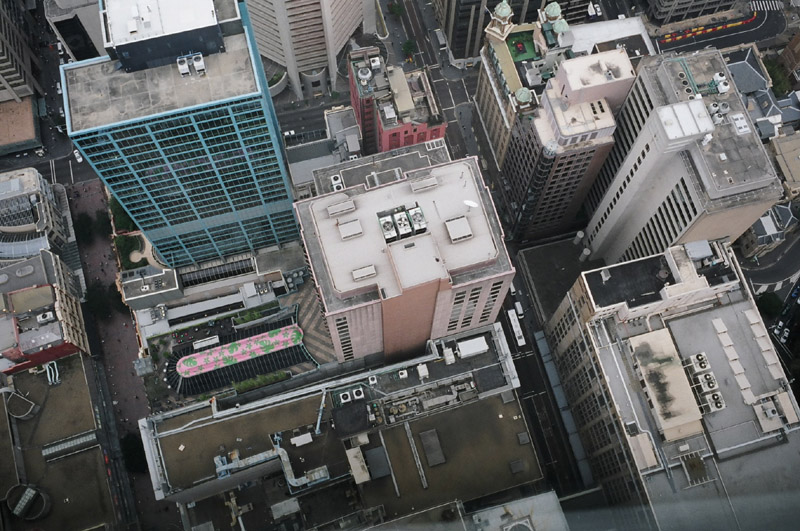 |
Sydney Tower
Location: Australia Here is a shot looking straight down from the tower. | |
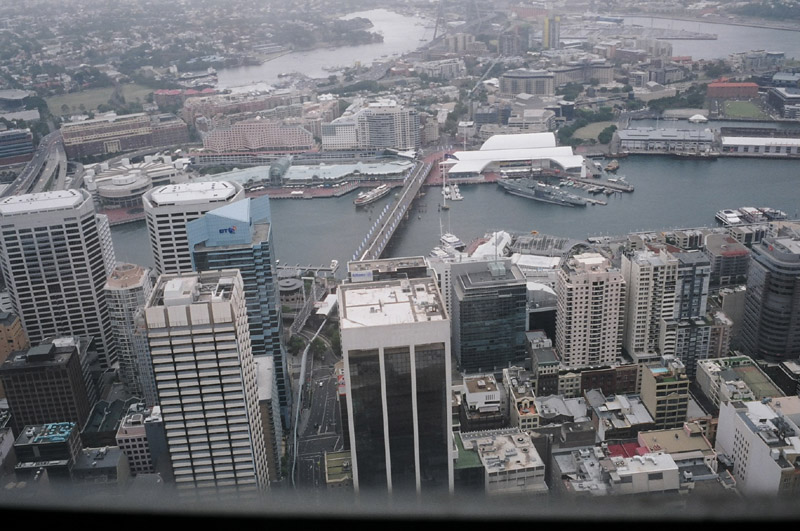 |
Sydney Tower
Location: Australia Darling Harbour with the National Maritime museum in the distance. | |
 |
Sydney Tower
Location: Australia A view of the city with the Harbour bridge in the distance. | |
 |
Sydney Tower
Location: Australia You can just see the Sydney opera house in the distance (upper right) in this shot from the Sydney tower. | |
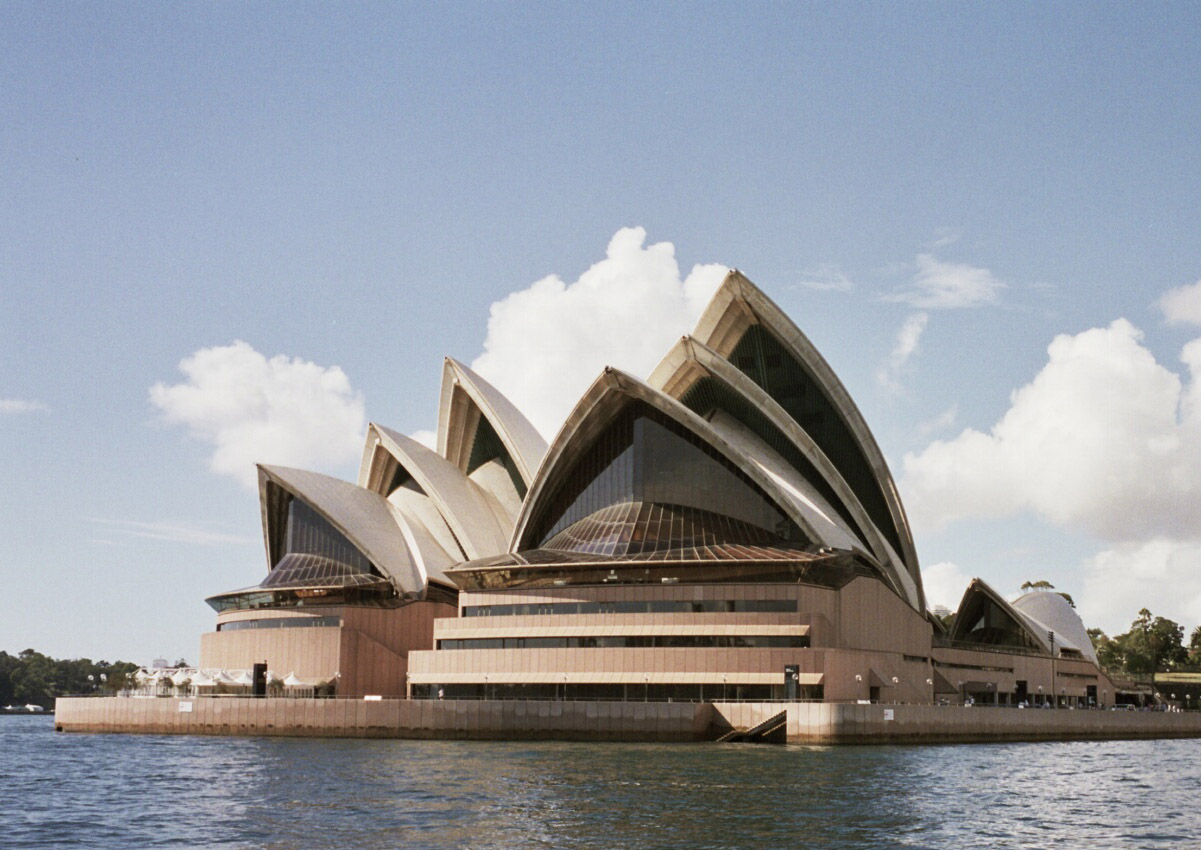 |
Sydney Opera House
Location: Australia The Sydney Opera House is one of the world's most famous buildings. It is a beautiful freestanding sculptural tripartite design. Orange segments that forms its layered roofs. The centre line of each rib is a great circle of the sphere. You can read about the architecture here The Opera House was completed in August 1973 by other hands under the direction of Peter Hall. | |
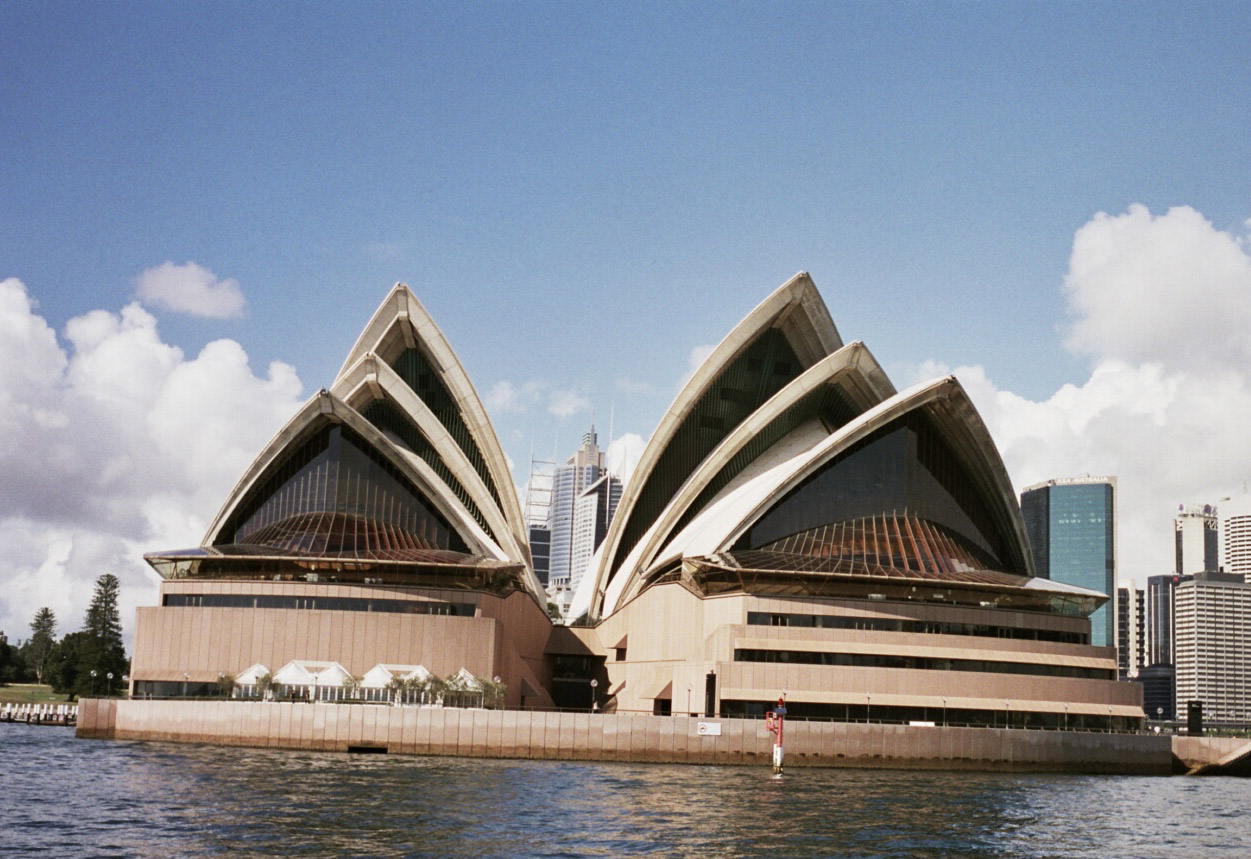 |
Sydney Opera House
Location: Australia You can visit the official website here. | |
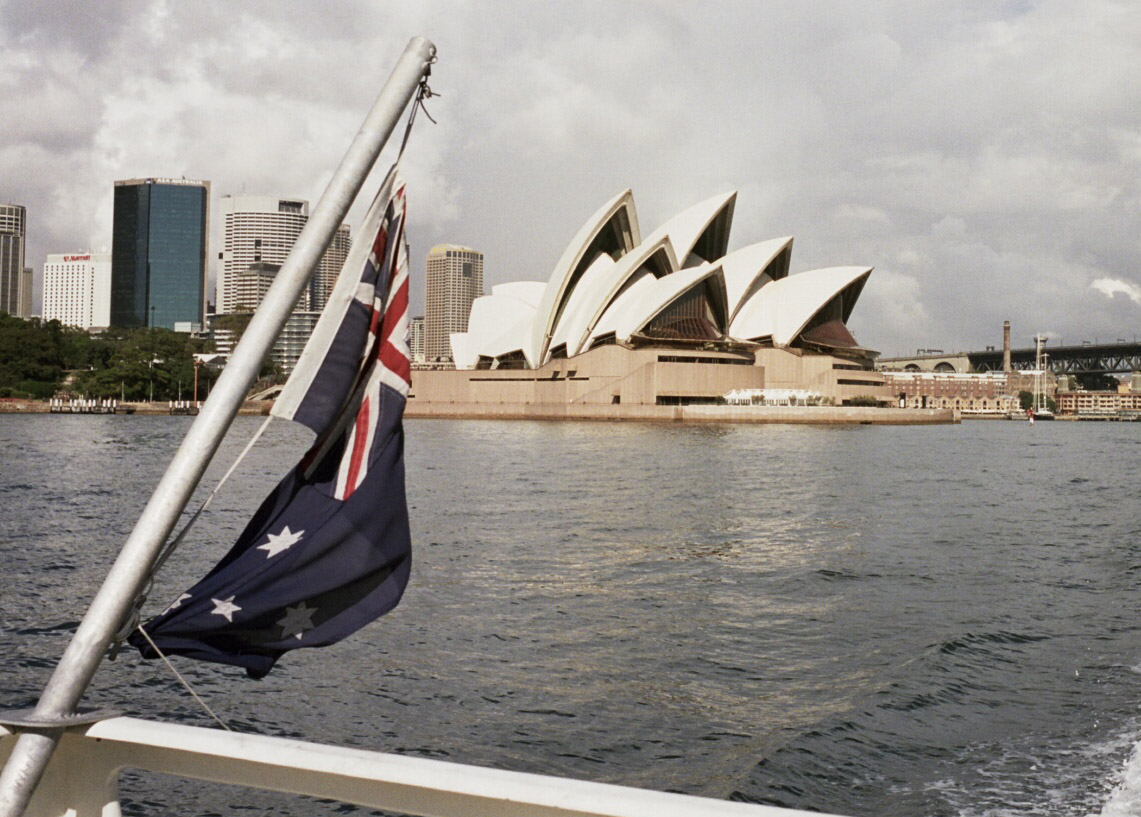 |
Sydney Opera House
Location: Australia Ove Arup was the winner of an international open competition in 1957, it was a scheme that broke most of the rules. Architect Jorn Utzon was the original architect of the Sydney Opera House. He was the scapegoat of a political affair and resigned in 1966. Utzonís resignation caused a furor and divided the Sydney architecture profession. On 19 April 1966, the new architectural team (Lionel Todd, David Littlemore, and Peter Hall) was appointed amidst a heated debate. | |
 |
Sydney Opera House
Location: Australia The maximum seating capacity is 2679, with approximately 2100 seats situated in front of the stage. The concert platform is 14m to 17m wide x 11m deep with a floor area of approximately 200m^2. | |
 |
Sydney Opera House
Location: Australia The Opera House rests on Bennelong Point, virtually in Sydney Harbour and overlooked by the great Sydney Harbour Bridge. It's elegant design based on spheres is appear organic, timeless. It is free of any distracting surface decoration. | |
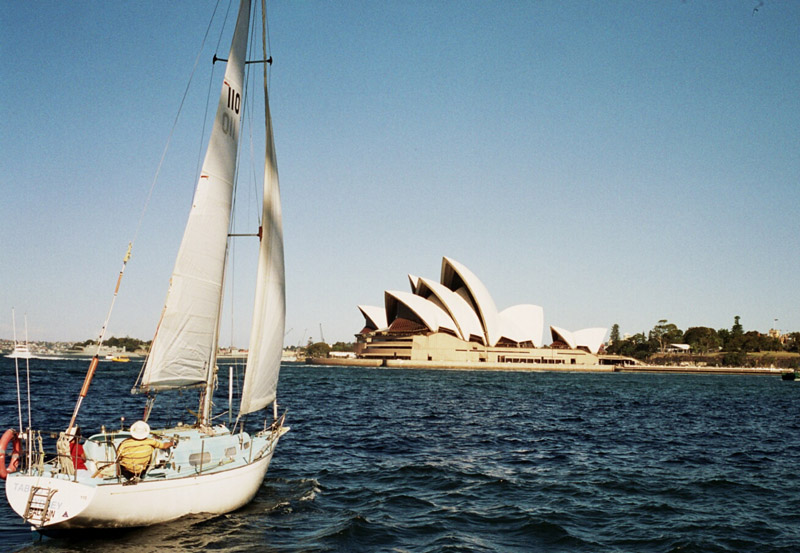 |
Sydney Opera House
Location: Australia The opera house was one of the longest contractual sagas of the century. Costs spiralled out of control from AUS $7 million to AUS $102 million. | |
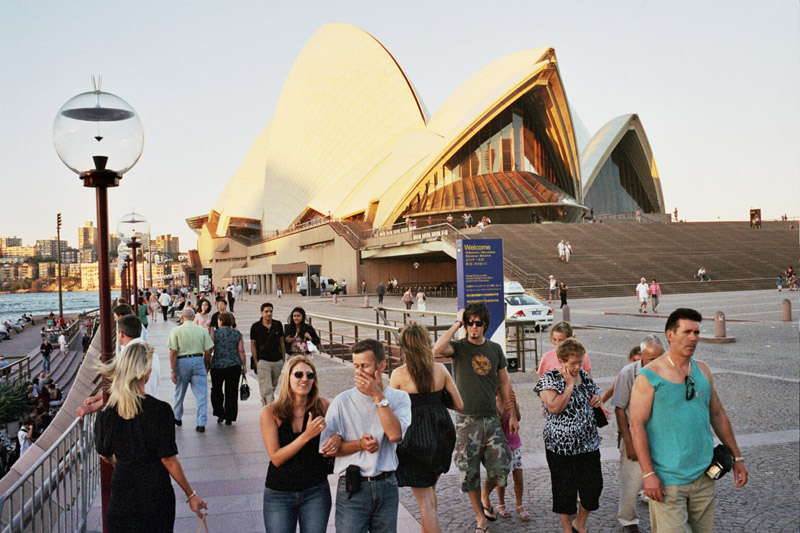 |
Sydney Opera House
Location: Australia Pictured here is a typical group of evening visitors to Opera House. The Opera House serves as a focal point for social events. To the left (and bottom - out of the picture) there is a virtual throng of people on the lower tier of the promenade. | |
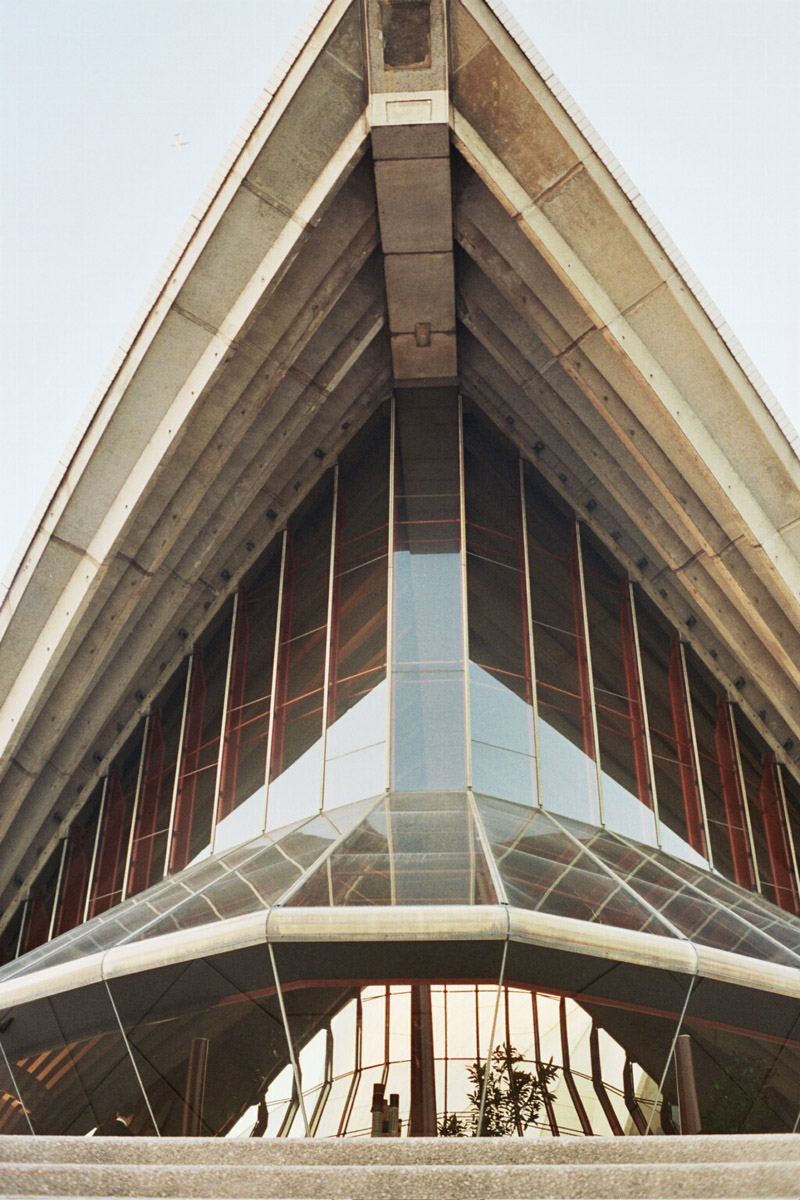 |
Sydney Opera House
Location: Australia The Sydney Symphony is the major presenting company in the Concert Hall. The Australian Chamber Orchestra, Sydney Philharmonia Choirs and the Australian Philharmonic Orchestra are also regular presenters in the venue. Complementing the work programmed by these companies, the Sydney Opera House presents a wide variety of musical work including prominent touring artists, popular and world music. | |
 |
Sydney Opera House
Location: Australia It is notable that the design scheme of the Opera House makes no reference to history or to classical architectural forms. The roof is more important than the walls, consequently the language of walls - columns, divisions, windows and pediments - has been effectively dispensed with. | |
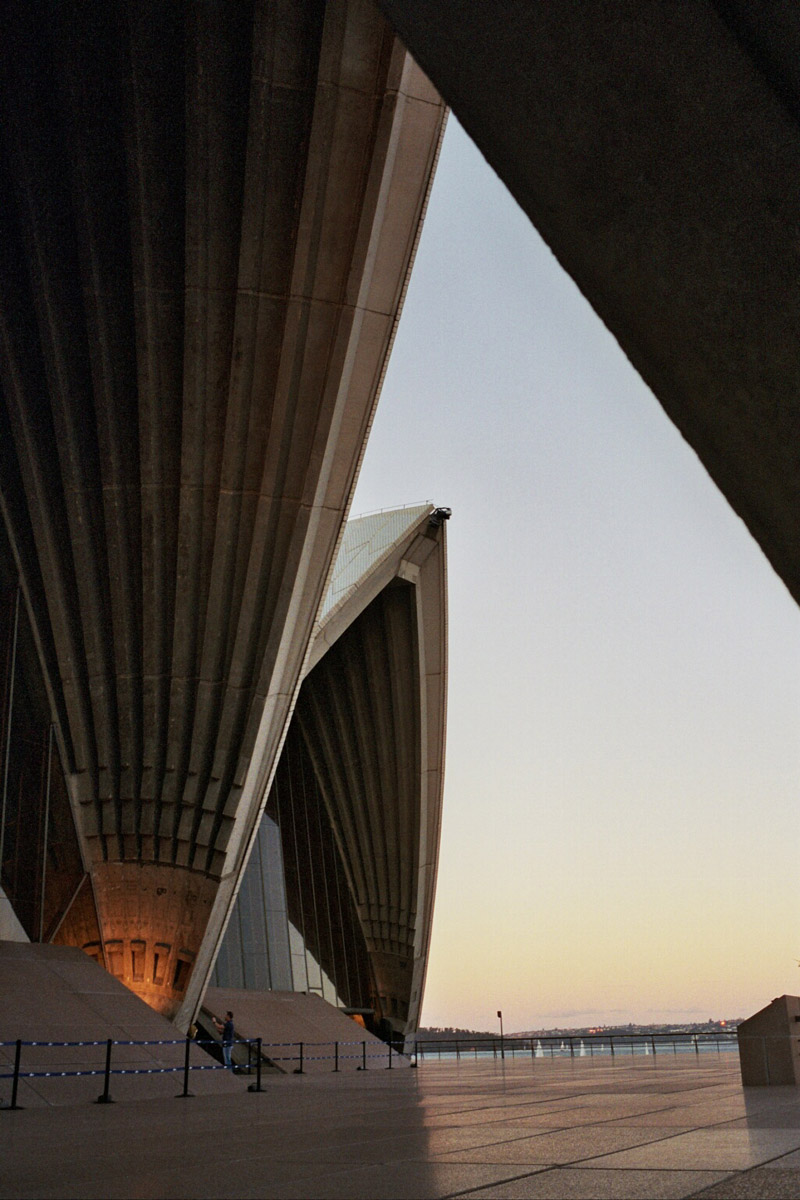 |
Sydney Opera House
Location: Australia | |
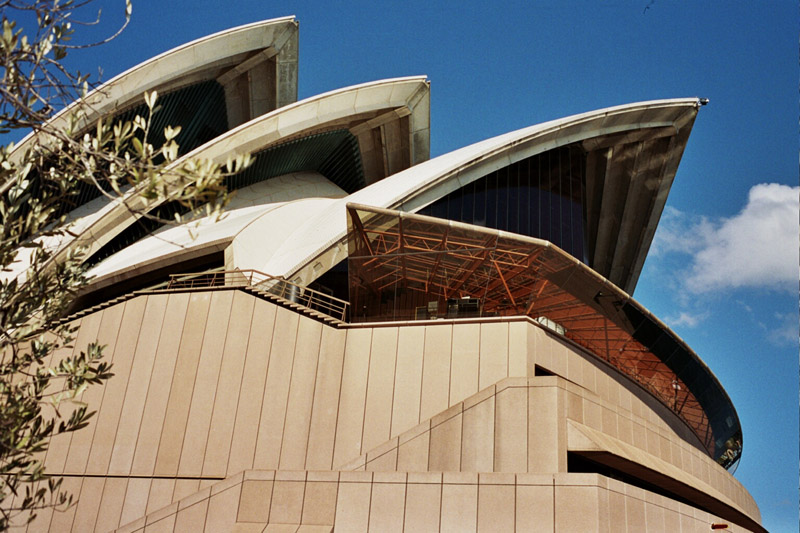 |
Sydney Opera House
Location: Australia An ambitious state Premier (Joseph J Cahill), a visiting American architect (Eero Saarinen) and a young Danel's sketches (Joern Utzon) collaborated to generate the design for one of the world's most important and beautiful modern buildings. | |
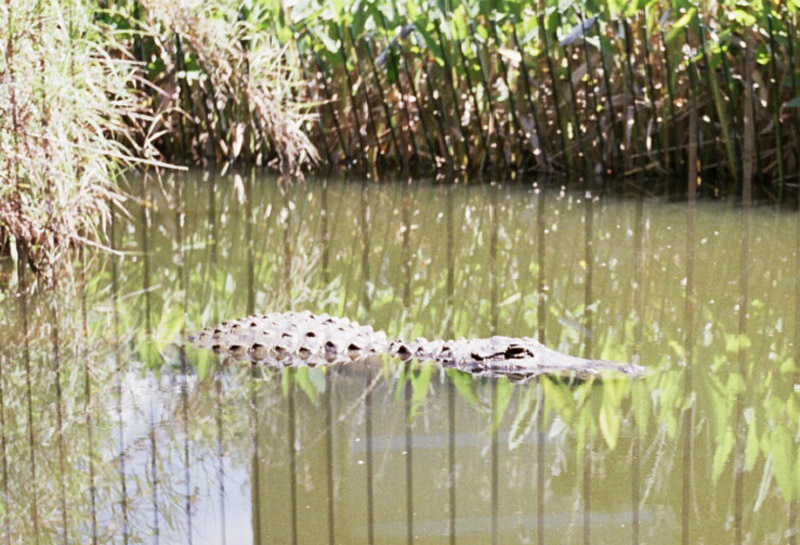 |
Zoo
Location: Australia Crocodile. The classic question is what's the difference between a Crocodile and an Alligator? (1) You can't see an alligator's teeth when it's mouth is closed. By contrast, a crocodile's lower teeth are always visible. (2) Alligators have a broad snout; crocodiles have a thin snout. (3) Alligators are grayish black in color; crocodiles have a light tan appearance. (4) Alligators can only be found in the southeastern United States and in some parts of China. Crocodiles are found all over the world. (5)In the wild, alligators tend to run away. Crocodiles do not run. The Salt Water Crocodile and the Nile Crocodile have been known to eat people. Alligators, caimans, crocodiles, and gharials are all referred to as crocodilians. | |
 |
Zoo - Koala Bear
Location: Australia Koala Bears sleep for 20 hours each day! | |
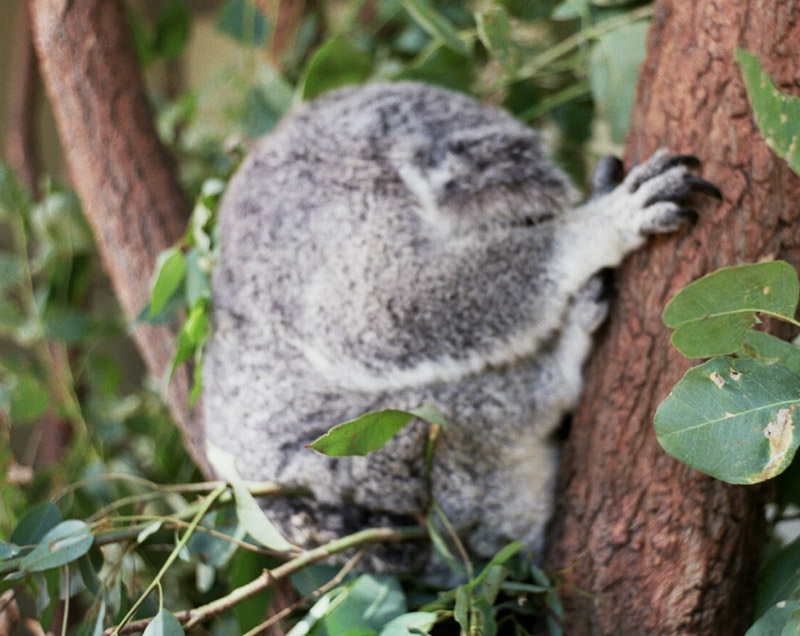 |
Zoo
Location: Australia Another shot of a Koala Bear | |
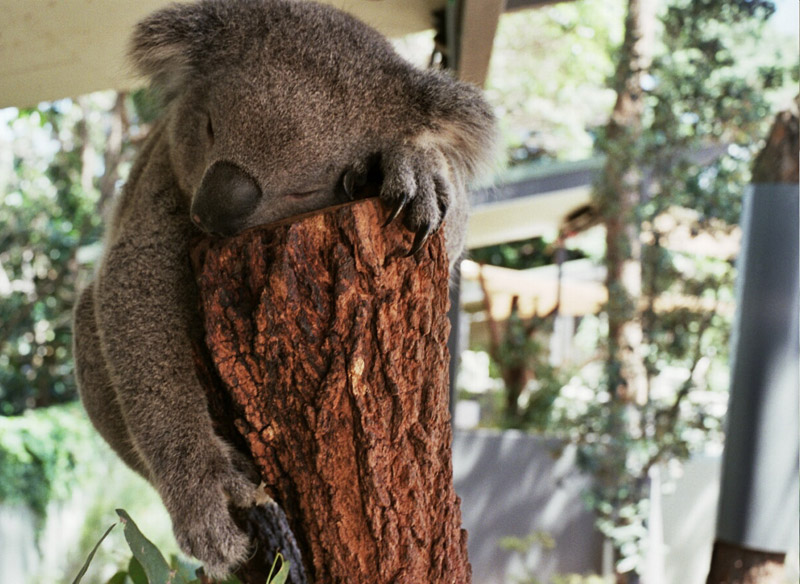 |
Zoo
Location: Australia Another shot of a Koala Bear | |
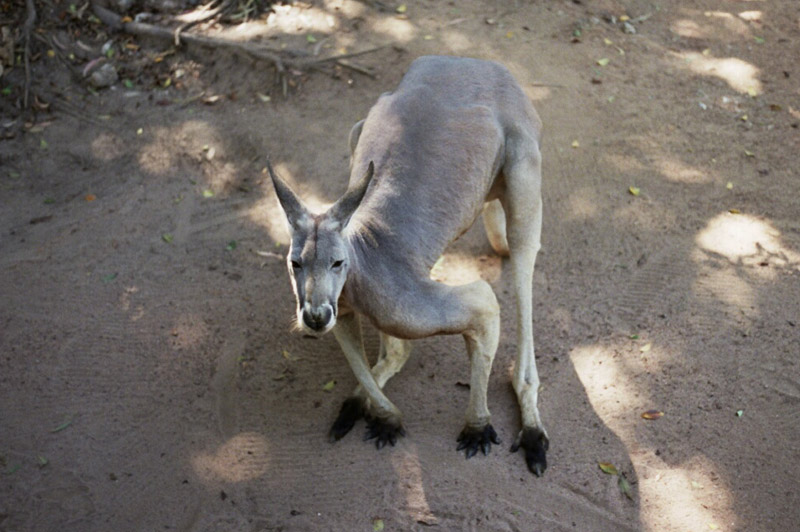 |
Zoo
Location: Australia Kangaroo | |
 |
Zoo
Location: Australia Kangaroo | |
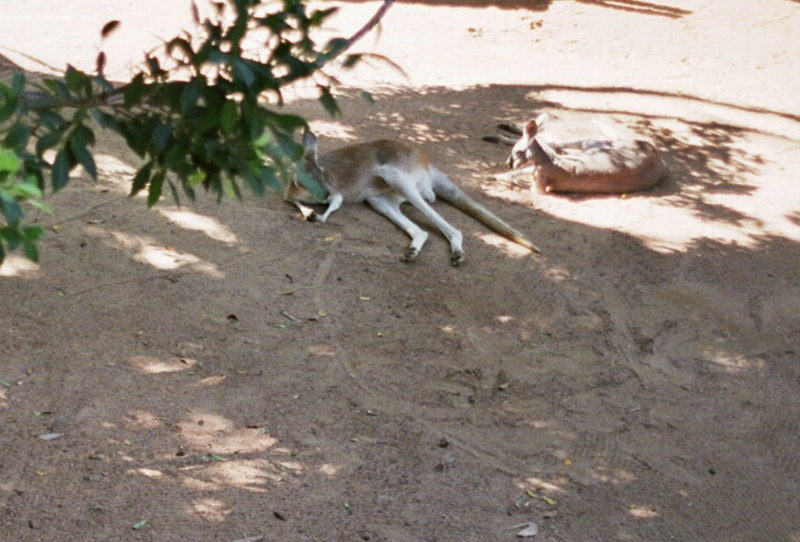 |
Zoo
Location: Australia Kangaroo | |
 |
Sydney Harbor
Location: Australia Skyline shot of Sydney. | |
 |
Sydney Harbor
Location: Australia Parsley Harbor | |
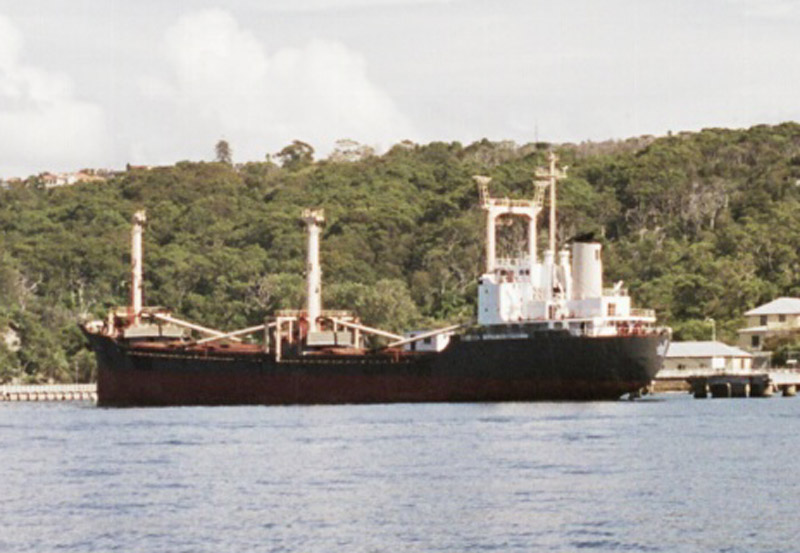 |
Sydney Harbor
Location: Australia Impounded ship which was carrying illicit drugs. |